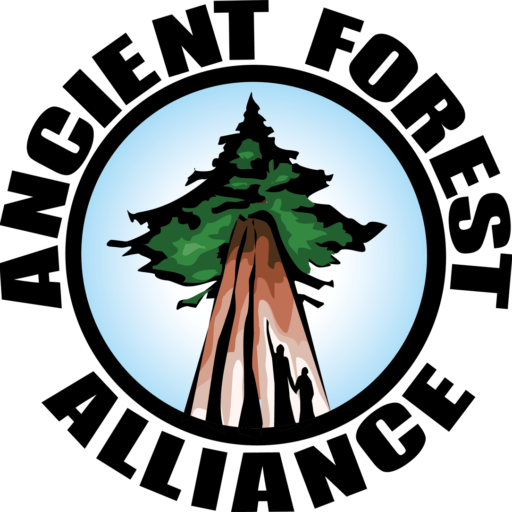The BC government should expand a major second-growth, value-added “smart forest industry” incentive program, where rebates are provided by log export “fees in lieu”, for PST relief, and relief on provincial property can be used as incentives to greatly scale up the transition to smaller diameter, value-added, second-growth engineered wood products. Log export restrictions should also be undertaken, along with establishing regional log sorts and a concerted effort to facilitate eco-forestry practices to create higher-value logs and commercial thinning.
A BC Conservation Economy Strategy is also needed, particularly in regions where the major expansion of protected areas is occurring. Provincially-supported business development hubs can provide rebates, loans and various financial incentives; in-kind business development support; facilitation of labour services, including supporting staff housing and accommodation (e.g. supporting rental zoning bylaw adjustments); and other strategies to spur tourism, recreation, real estate, high-tech, non-timber forest products, carbon-offset and clean tech development. Such a strategy can make BC a powerhouse to fuel a sustainable economic resurgence in BC combined with the protection of old-growth and endangered ecosystems.
